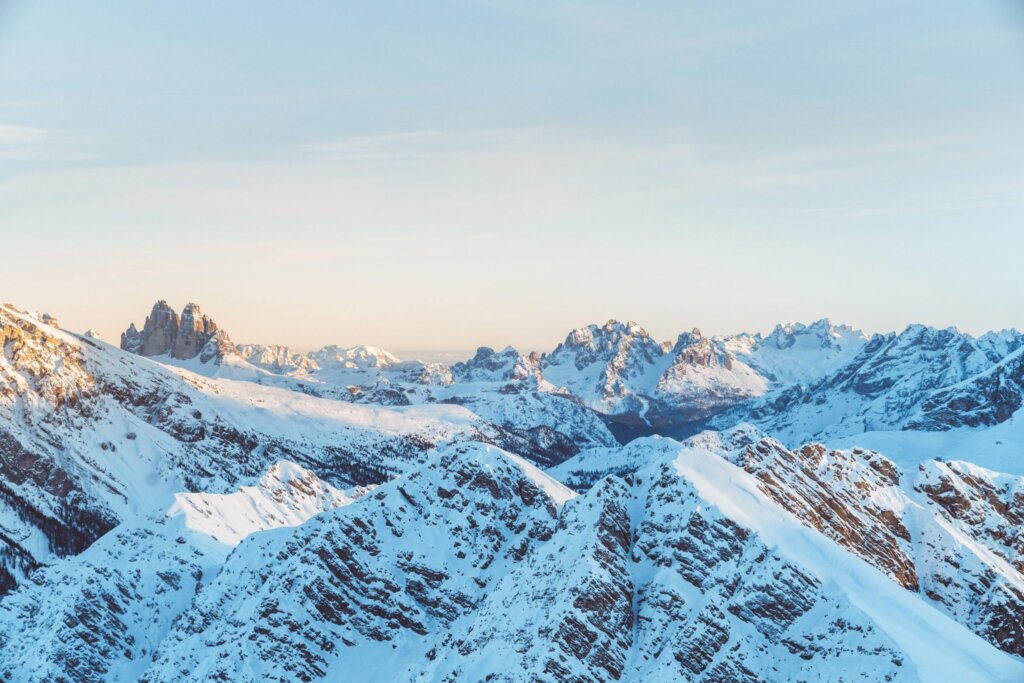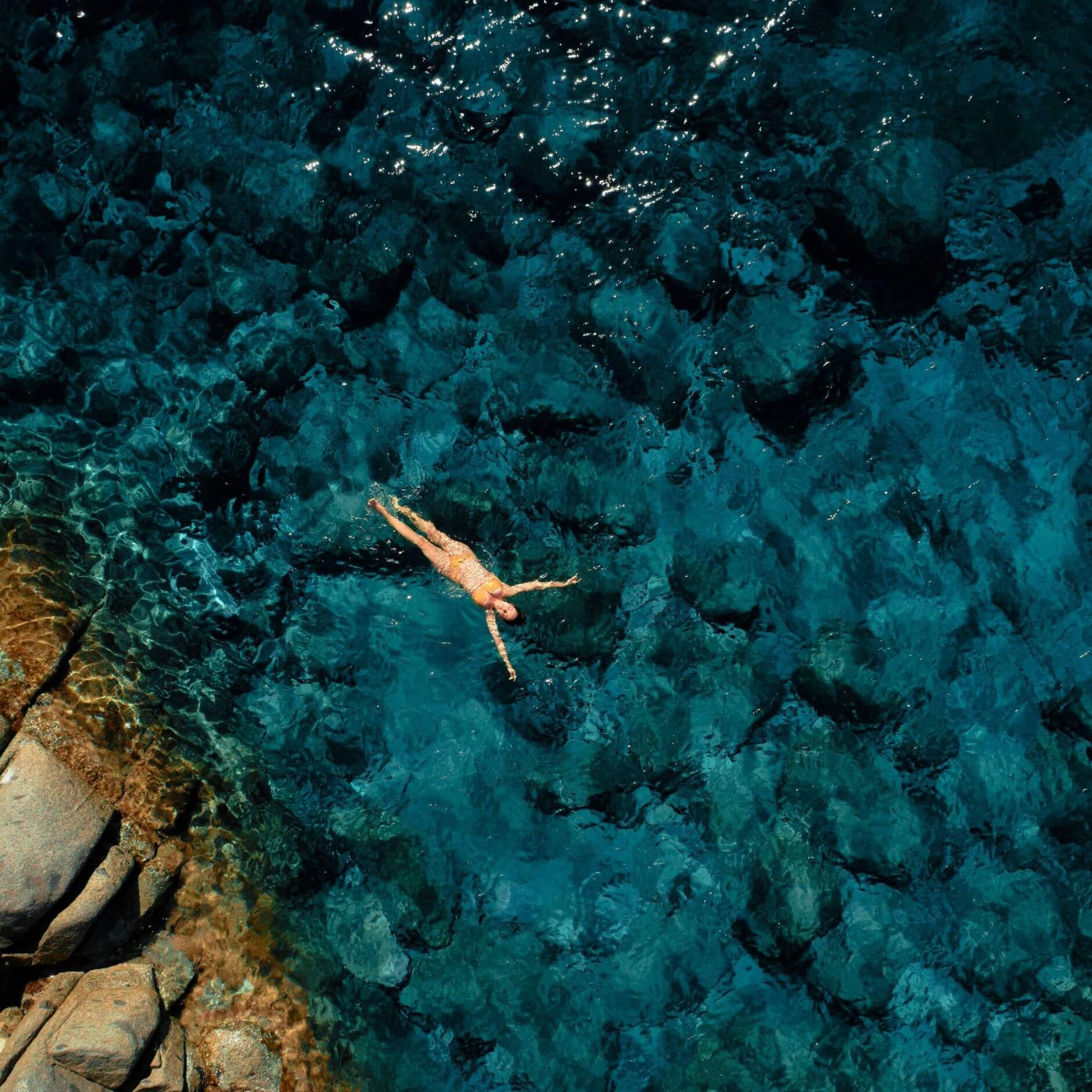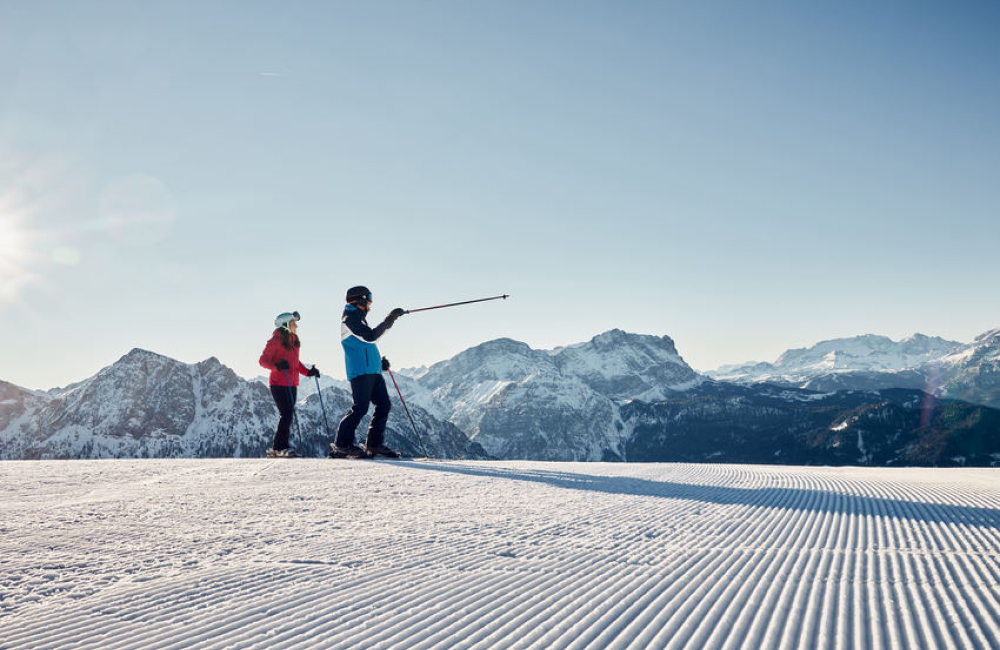Numbers, please! For once, this saying does not refer to money, but to actual numbers. In this article, we provide you with a lot of (un)useful knowledge about snow and winter. Be curious and amazed:
1) 38 centimeters
The largest snowflake ever observed is said to have had exactly this diameter of 38 centimeters – at least that’s what the Guinness Book of Records says. By the way, it was sighted in 1887 in Montana, USA – where else?! For comparison: Normally, snowflakes have a diameter of about 5 millimeters.
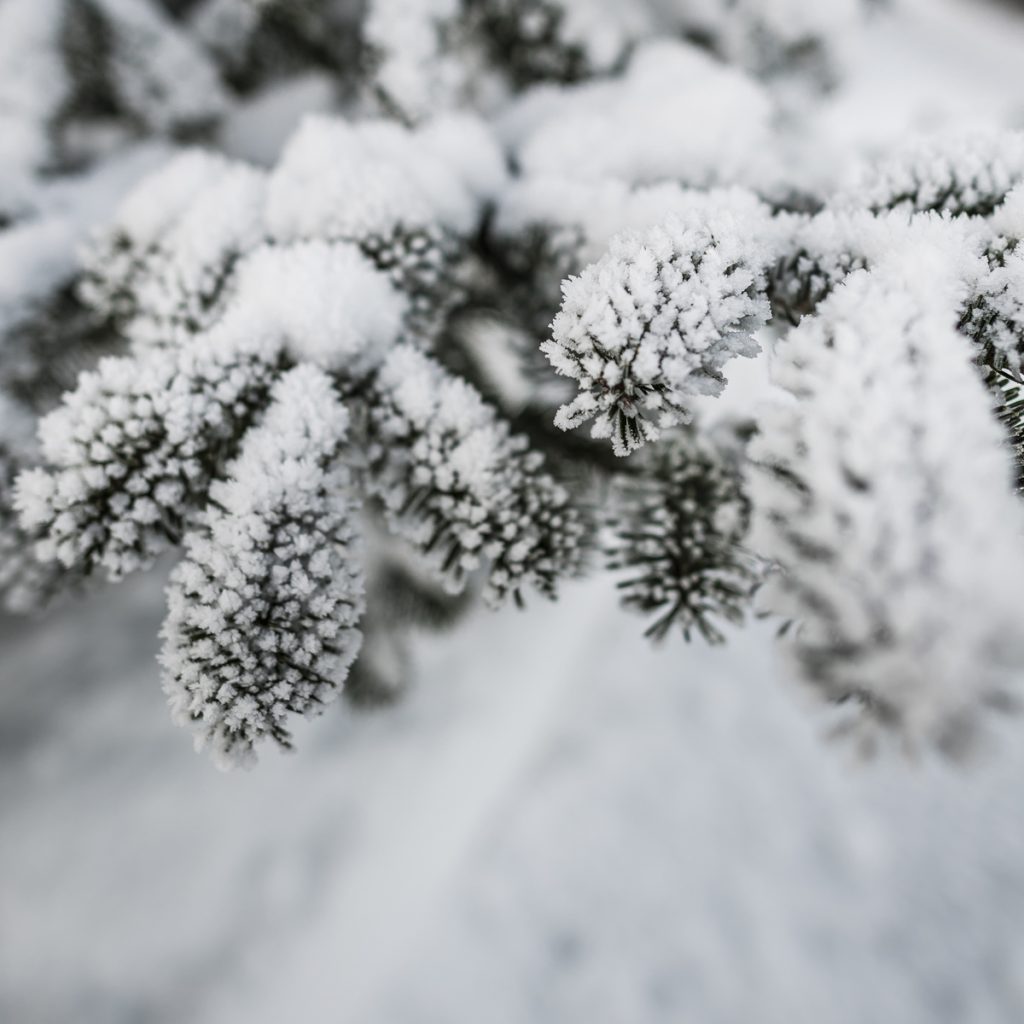
2) -98,6 °C
Brrr, just writing this number makes us freeze. In 2004, this temperature was measured by a satellite over Antarctica for the lowest ground temperature ever measured. However, this measurement method has its flaws, which is why this record is not official. Researchers estimate that the actual temperature was about -94 °C, almost tropical warm! 😉
3) 11 meters
This is how much snow falls on average at the snowiest place in the world. And no, this is not in Siberia, but in Japan.
Tōkamachi, a city on the main Japanese island of Honshū. By the way, did you know that snow has a great symbolic meaning in Japanese art and culture, as well as a mystical element? Learned something again!
4) 1900
Speaking of art and culture, the first official snow globe manufacturing company was founded in 1900. In Austria by the inventor Erwin Perzy. Actually, he only wanted to find materials that reflect light. In the process, he came across grains of semolina that looked like falling snow in an experiment on light refraction in water. Et voilà, the first snow globe was born.
5) > 100 words
How many words can you think of that mean “snow” or a “form of snow” in the closest or broadest sense?
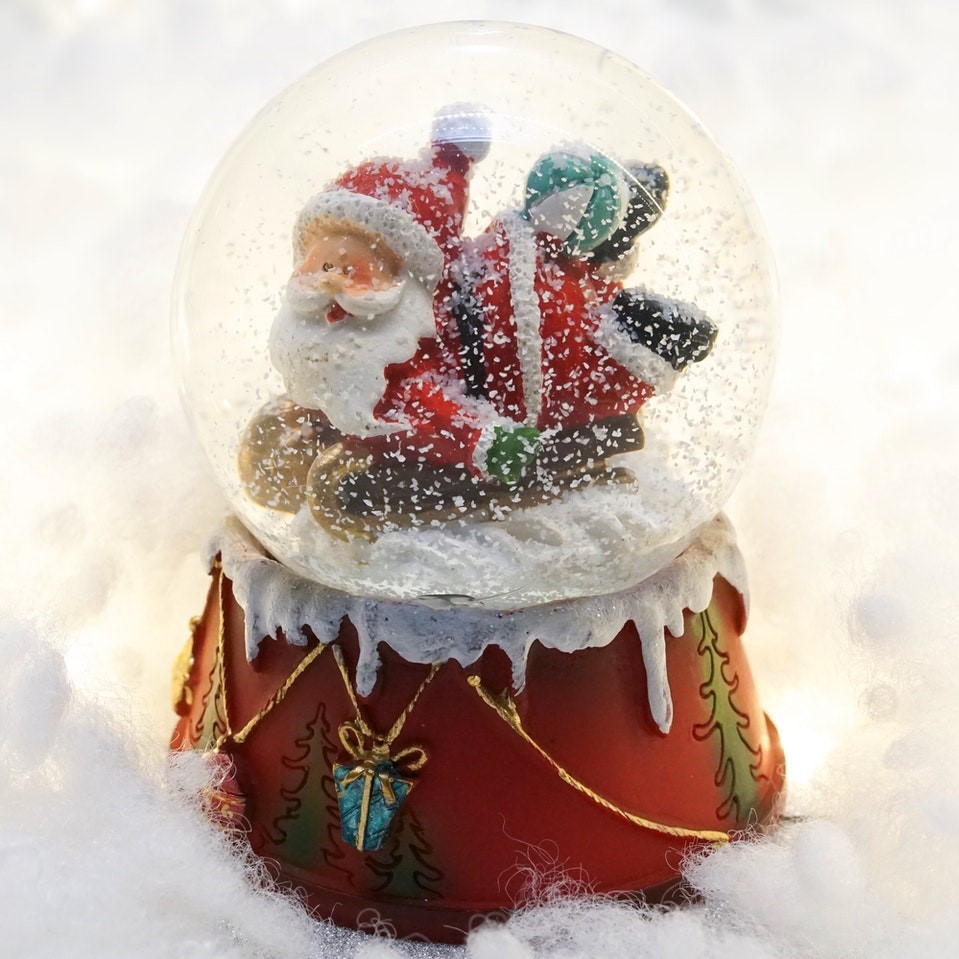
Exactly, not many. Then you should take a look at Norway. The Norwegians know over 100 words for it. Here are a few samples:
- Snøgraut
- Slaps
- Flekkesnøt
- Blautsnø
- Tørrsnø
- Snøhela
- Djupsnø
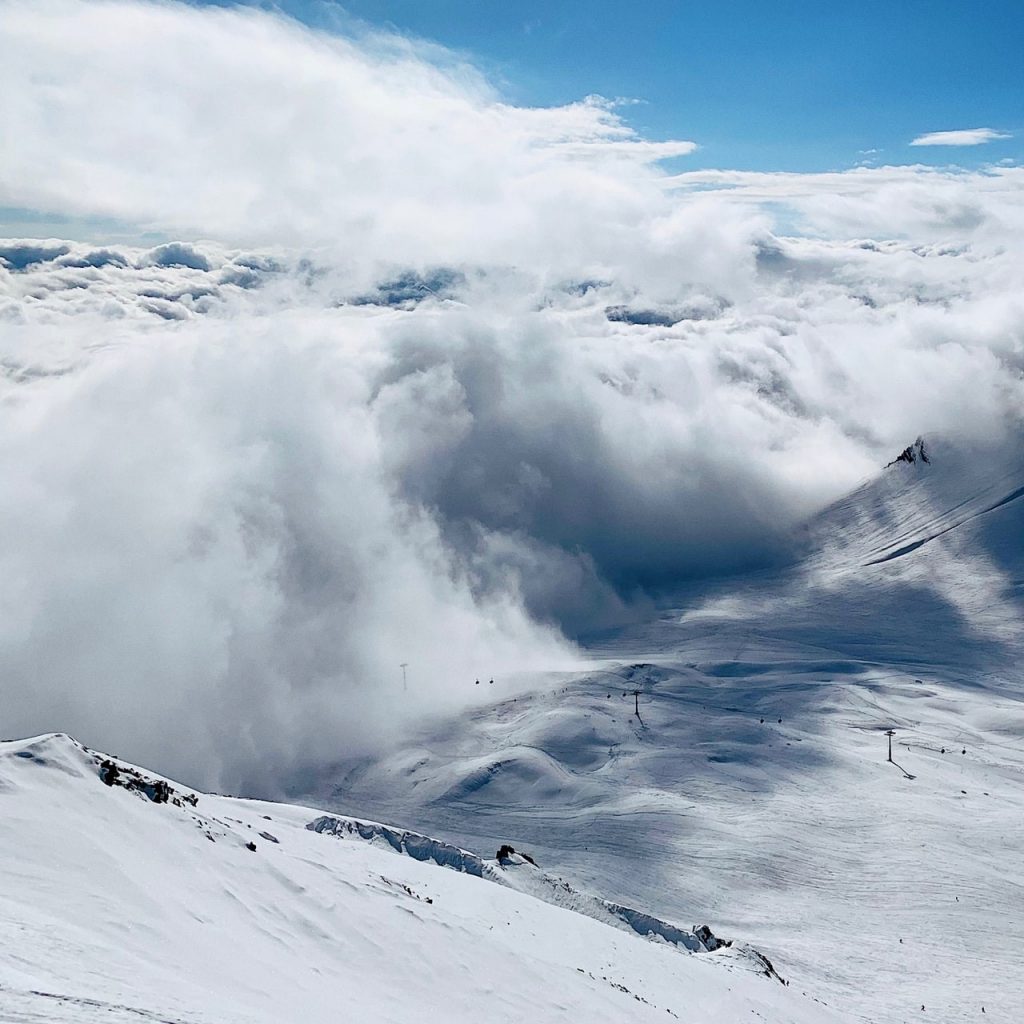
6) 350 km/h
Powder snow avalanches are among the most dangerous avalanches of all. The shock wave of this 350 km/h avalanche alone can kill people.
7) 50-200 KHZ
In this frequency range, snowflakes “scream” as they fall. Unfortunately or thank God, human hearing cannot perceive these sounds. However, they occur because of the small air bubbles trapped in the flakes that escape on impact.
8) 6-8 %
This is how much humidity (“normal” powder snow has 10%) the supposedly best skiing snow in the world has: the champagne powder! Unfortunately, in the Alps, this is only found in glacier ski areas above 2,500m. In the Rocky Mountains, however, meteorological conditions mean that you can find Champagne Powder almost everywhere – even in inner valleys.
9) 95 %
This is the air content of freshly fallen snow. Means: One cubic meter weighs only 46kg. If the air content drops to 45% due to external influences, for example, it is called firn.
10) 10.000
…ice crystals can be in a snowflake. How they look, however, always depends on temperature, humidity, and pressure. That’s why they all look different. But they all have one thing in common: the hexagonal shape!
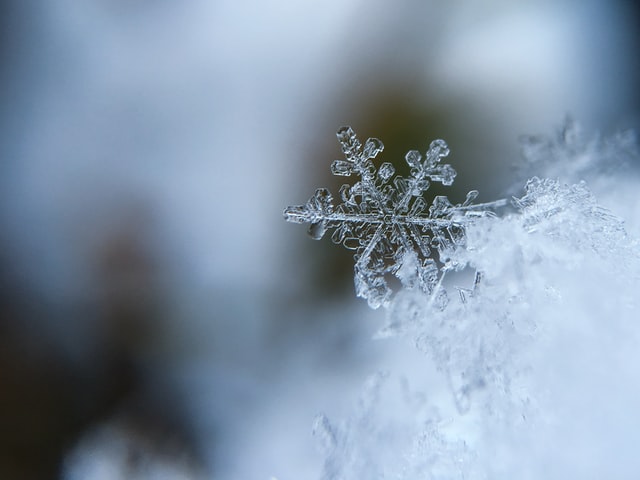
If you can’t shine with new knowledge now, we don’t know what to do 🙂 Have fun when you amaze your friends with this knowledge during your next skiing vacation!

